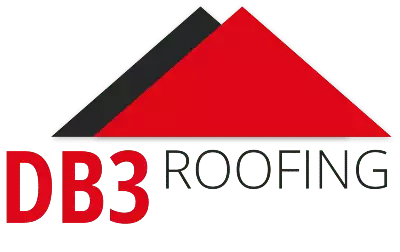
It’s not easy to define what makes a roof energy-efficient because there are two competing factors at work: heating and cooling. It is also these two factors that you should consider when deciding on the type of energy-efficient roofing you require for your building. The climate and available energy sources are also important. For this reason, a roof is generally considered to be energy efficient when it does not negatively affect the energy consumption within the building.
The ideal situation is that the roof must remain cool during the summer and not introduce heat to the interior. In contrast, the roof must ideally contribute a little warmth during the winter but mainly insulate the interior from the cold outside. This ideal is difficult to achieve, so most often, it’s necessary to settle for a good median between your heating and cooling costs.
Best Strategy for a Cooler Roof
There are several ways we can make a roof “cooler”. The most cost-effective option is to do this right from the design phase for a new roof or when you’re about to replace an existing roof. Many existing roofs can be retrofitted for energy efficiency, so speak to a roofing expert about their opinion.
The apparent strategy to create an energy-efficient roof is to increase its reflective value by using light-colored materials. Roofing materials are tested to determine a solar reflective index (SRI) on a scale from 0 to 100. The higher the SRI of the roof, the better it is at reflecting sunlight and thus at not transferring heat to the interior of the building. A white roof reflects between 60 to 90% of sunlight, which will result in a cooler interior. There are also roofing materials that contain special UV-reflective pigment, which is popular for energy star metal roofing.
A lighter color can be obtained by purchasing roofing materials manufactured using reflective colors. Or it can be obtained through the application of paints or other covering materials. The latter is an effective strategy for many roofing materials, including concrete and metal sheets, but is not recommended for some types of shingle, as it traps moisture.
Roofing Materials
The choice of roofing materials also plays a part in keeping the interior cool. Widespread options of energy-efficient roofing materials include:
- Asphalt shingles. Many manufacturers are now infusing their shingles with special reflective granules for an impressive SRI of 29, well above Energy Star requirements.
- Metal roofing. An energy star metal roof is very efficient, especially since it can be coated repeatedly. The addition of insulating material underneath will further increase the insulation properties. A metal roof can dissipate heat very fast, so it might not be the best option in a cold area.
- Tiles. Tiles for roofing are commonly made from concrete or clay. They are naturally resistant to changes in temperature, making them ideal for areas where it’s hot in the summer and cold in the winter. The only real drawback of tiles is the high cost, but their very long lifespan offsets this.
About DB3 Roofing
We have been in the roofing business for over thirty years now, and we’ve worked with all types of roof shapes and materials. We are also well acquainted with the requirements of energy-efficient roofs for commercial buildings and the need for a discernible return on investment.
Contact us for a quote so we can assist you with various roofing solutions, especially if you are considering a metal cool roof over your business.

